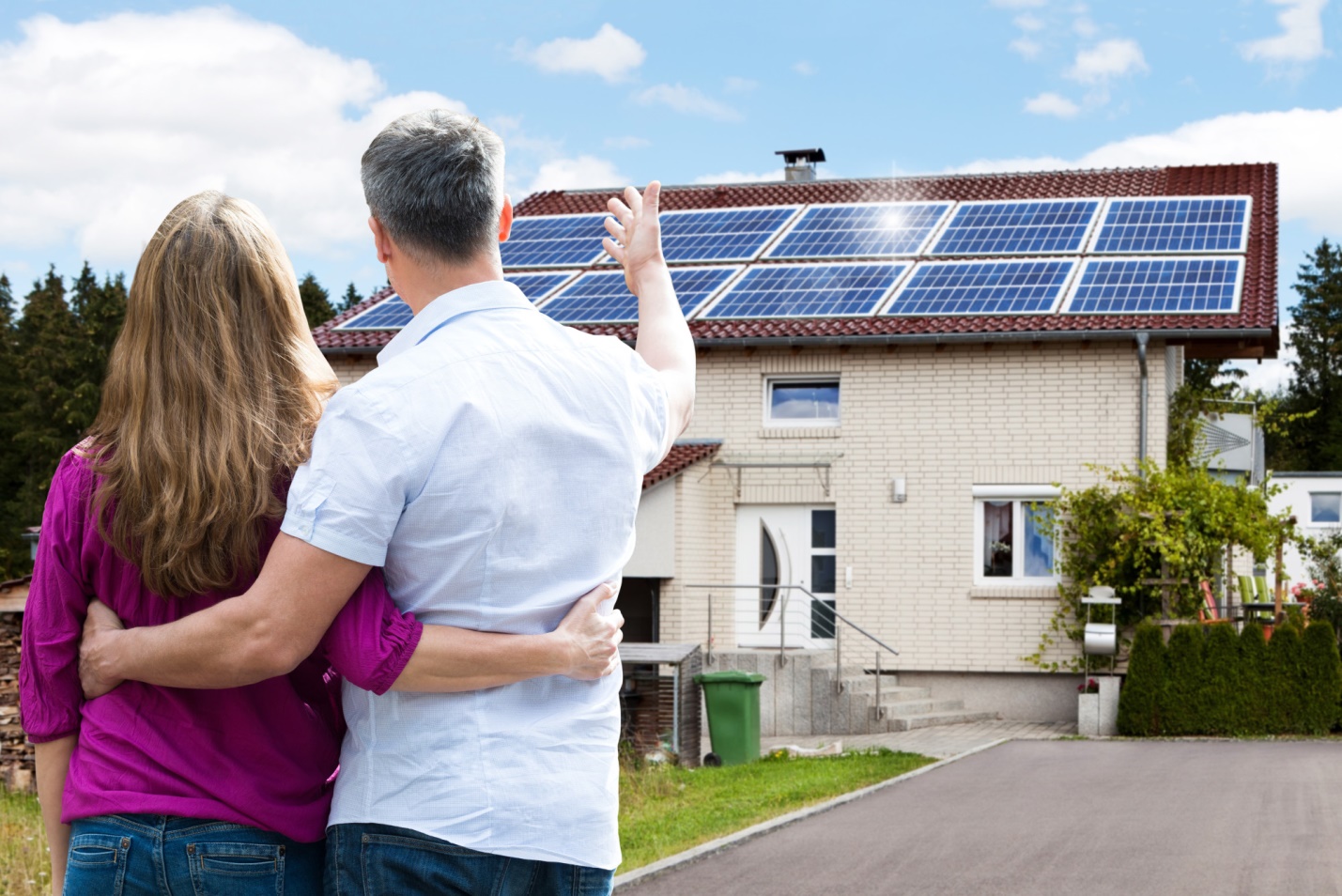Maybe you’ve been dreaming of making the switch to an off-the-grid lifestyle. You’ve even been looking into solar panels to supply your energy. Before you commit, you have one more question to ask yourself: how many solar panels do I need?
Going off the grid is only for some. And for a good reason. Becoming a delicate part of the electrical equation for your area is a big commitment. That said, it’s smaller than you think.
This guide explores the idea of a personal de-list from the power company and how many panels it takes to go off the grid.

Understand Your Home’s Power Needs
When considering the size of the solar panel system, you will need to estimate your home’s backup power needs. It is done by adding the wattage of all household appliances you use or plan to install in the future. For example, consider calculating the wattage for an air conditioner, water heater, pool pump, and any extra lighting.
Once you have completed your wattage calculation and have a correct tally of the total number of watts, you can use the total to decide the size of the solar panel system you need. The goal here is to find the right balance of size.
Doing so helps the system meet your energy needs, yet only needs a few panels. Estimating your home’s energy needs is critical in installing solar panels.
Calculate Solar Panel Wattage Requirements
The size of the solar panels required to generate the desired amount of power depends on several factors. It includes the total watt-hours required, the solar panel wattage rating, and the available space for the panel installation. Generally, the wattage rating of the solar panel should be larger than the watt-hours required.
It is also essential to consider the voltage and amperage of the solar panel. Know precisely how this will interact with other system components, such as the inverter.
Calculate Solar Insolation for Your Location
When estimating the size of a solar panel system required for a property, it is essential to consider the location and the amount of solar irradiation received. Solar irradiation, or solar insolation, is the energy per square meter received from the sun and can vary by location.
It is essential for determining the amount of sunlight needed to absorb the solar panels. And so the amount of energy that you will produce. It can be calculated by researching historical solar data for your location.
Plus, any shade obstructions as part of the system design. With this information, you can determine a suitable solar panel system size. You can also plan the system configuration to utilize the solar energy available fully.
Assess Solar System Economics
Solar installers usually use Sun Power Design Studio or a similar software tool. It helps to assess the economics of potential solar systems. The software uses the individual’s electricity and solar data to compute the exact size of the proposed method.
It also enables us to calculate how much electricity it would generate. It also accounts for other factors, such as the cost of components and the incentives available.
For larger businesses, a detailed system evaluation and analysis will be required. A comprehensive cost-benefit analysis must accompany it. Regardless of the size of the solar system, you can check for more helpful info before committing to an installation.
Invest in a Larger Solar Panel System
Investing in a more extensive solar panel system has its benefits and drawbacks. Plus, it can save you money in the long run since the installation and labor costs are higher upfront.
Additionally, a more extensive system can generate more electricity, making it more efficient than a minor system. The downside is that a more comprehensive plan can be more expensive to install and support.
It also might need larger battery packs to store the energy generated, which can be costly and could add to your cost. Additionally, larger solar panel systems can take up more roof space. The equipment might be more aesthetically unsightly.
Explore Different Types of Solar Panels
These types of solar panels include monocrystalline, polycrystalline, and thin-film solar cells. Monocrystalline cells are made out of one piece of silicon and are known for their efficiency and long lifespan. Polycrystalline cells are the most used and are composed of many silicon fragments.
Thin-film solar cells are the most affordable but are less efficient than monocrystalline or polycrystalline cells. Exploring the different kinds of solar panels is critical in deciding which is best for any project. Efficiency and cost are essential factors, but understanding the upfront and long-term benefits of each type of solar panel is also important.
Finance Your Solar Panel Installation
Financial institutions typically offer solar loans and other financing plans for qualifying customers. These financing programs range from zero to low, fixed monthly payments to terms extending up to 20 years.
Some families have taken advantage of the federal tax credit for solar power. It allows them to claim a credit that covers part of the cost of their solar system. Home equity loans and savings are other ways to finance a solar panel installation.
Finally, community financing options are another way to invest in solar without breaking the bank. Community financing allows families to join forces with neighbors and pool their money into one local project. It helps make solar more accessible and affordable for everyone.
Solar Panel Guide to Get You Off the Grid
Installing solar panels is a great way to capitalize on the sun’s energy and reduce your carbon footprint. With a thorough analysis of your energy needs, you can decide how many solar panels are required to go off the grid. Start your journey today by researching reliable renewable energy sources and certified solar installers.
Check out our blog for more information as well! You’ve got all the answers you need right here.
